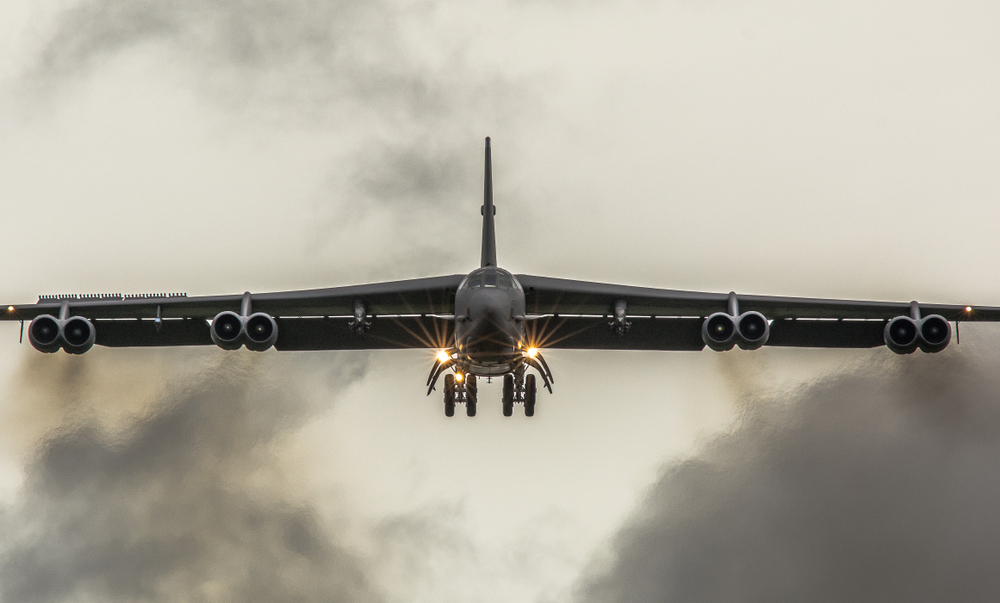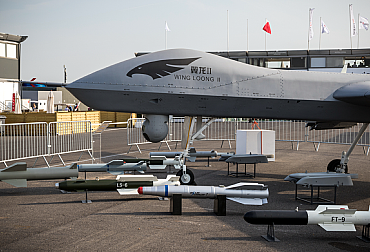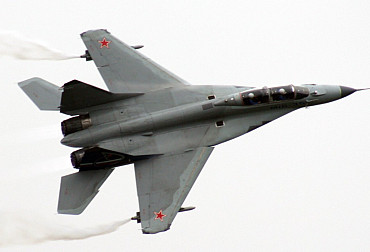Boeing Defense Unit faces $2 billion loss in Q3 amid workforce reductions and program setbacks
Boeing’s defense arm is grappling with a staggering $2 billion loss for the third quarter of 2024, as the company disclosed today. This latest blow brings the total defense-related charges for the aerospace giant to $3.2 billion for the year. The financial challenges have forced Boeing to announce drastic measures, including a 10 percent reduction in its workforce.

Key losses from fixed-price contracts
The losses primarily stem from Boeing’s fixed-price contracts, which have been at the center of financial strain. Boeing CEO Kelly Ortberg acknowledged the underperformance in these contracts, particularly within Boeing Defense, Space & Security (BDS). Ortberg commented, "In BDS, our performance on fixed-price development programs is simply not where it needs to be."
The company is facing losses across several major defense programs, including the T-7A trainer, MQ-25 tanker drone, KC-46 tanker, and NASA’s Starliner. These programs have been plagued by production and cost overrun issues, which have led to massive financial charges in the latest quarter.
The T-7 trainer, a program designed to develop next-generation trainer jets for the U.S. Air Force, accounted for the largest charge, totaling $900 million. The additional costs are attributed to production challenges and escalated expenses expected for 2026 and beyond.
The KC-46 tanker program, based on Boeing’s 767 freighter, suffered a $700 million loss after Boeing decided to end production of the freighter. The impact of the ongoing machinists union strike in Seattle, which has halted the production of the 767, further complicated the KC-46 program's production schedule and costs.
Boeing did not specify the financial breakdown for the MQ-25 tanker drone or NASA’s Starliner programs but confirmed that both contributed to the overall losses.
Defense unit financials
Boeing’s defense unit is set to report $5.5 billion in revenue for the third quarter but will declare an operating margin of negative 43 percent. These figures reflect the significant financial challenges Boeing is facing, particularly within its defense arm. While these numbers are considered preliminary, they underscore the extent of the financial difficulties within the company.
The impact is not limited to Boeing’s defense unit. The company’s commercial business is expected to post an additional $3 billion in losses for the quarter. The ongoing machinists strike has also affected Boeing’s commercial operations, halting production of key aircraft like the 767 freighter.
Workforce cuts and leadership changes
In light of the mounting financial pressures, Boeing has announced plans to reduce its total workforce by 10 percent, affecting employees at all levels, including executives and managers. This reduction comes as part of Boeing’s broader strategy to manage costs and stabilize its operations.
Kelly Ortberg, in his letter to employees, noted that the workforce reduction would extend across the company, though it remains unclear how much of the layoffs will directly affect Boeing’s defense unit. Ortberg emphasized that the company would be taking additional oversight measures within the defense business, particularly in its fixed-price development programs.
The leadership of Boeing’s defense arm has also seen significant changes. Last month, Ted Colbert, who had been leading the defense unit since 2022, stepped down. Boeing has not yet named a permanent successor to Colbert, leaving a leadership gap during a critical period for the defense unit.
Conclusion
Boeing’s defense unit is facing a challenging period as it reports massive losses tied to fixed-price contracts and production challenges. The $2 billion charge for the third quarter, combined with a broader financial strain across the company, has prompted workforce reductions and significant shifts in leadership. As Boeing navigates this difficult phase, its ability to manage program costs and restore financial stability will be critical to its long-term outlook.










